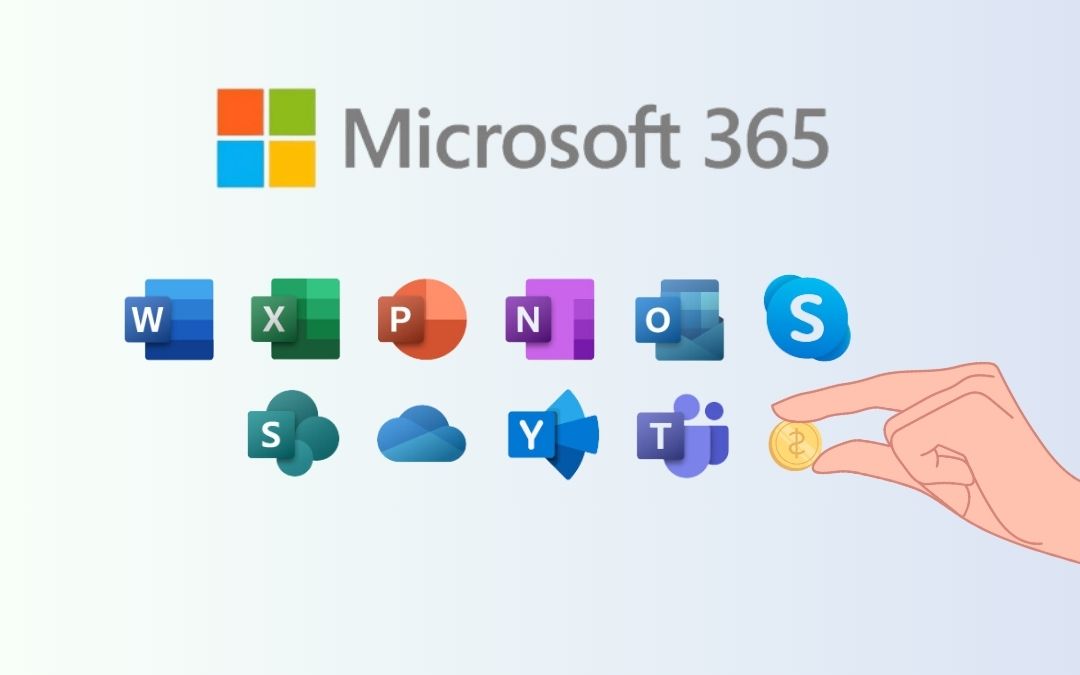
Software licensing fees can be a major drain on your company’s finances. Yet, many businesses overspend without even realising it, locked into costly plans that exceed their actual needs.
The good news? With the right strategy, you can slash your expenses here significantly, freeing up money that can be redirected to other critical areas of your business.
In this article, we’ll look at the licences used by over 300,000 UK businesses, Microsoft365. The three simple steps here could be all that stands between you and some truly insane cost-savings (up to £182.52 per user)…
Streamlining Microsoft365 Licensing: Cost-Effective Strategies
Optimising your Microsoft 365 licensing strategy is essential for managing operational costs effectively. Here’s our step-by-step guide to ensure you’re only paying for what you truly need, while maximising the utility of your software investments.
Step 1: Conduct a Comprehensive Needs Assessment
The first step in optimising your Microsoft 365 licensing is to accurately assess the needs of your organisation. This means understanding not just the number of users, but how they use Microsoft365.
- Implement a monitoring tool to track usage patterns across different departments.
- Look for underused applications and over-licensed users.
- Utilise tools like Microsoft’s Usage Analytics within the Microsoft 365 Admin centre, which provides insights into how your organisation uses Microsoft365 services.
Unsure how to assess your business’s specific needs? Contact our team today for a personal consultation to get the most out of your licence (and budget!).
Step 2: Familiarise Yourself with Microsoft365 Plan Options
Microsoft365 offers a variety of plans, each designed to meet different needs. Choosing the right plan can significantly reduce costs without sacrificing precious functionality.
- Review and compare the features of each Microsft365 plan, including Business Basic, Business Standard, and Business Premium.
- Pay close attention to the needs of different user groups within your organisation.
- Consider features such as webinar hosting, desktop versions of Office apps, and advanced security options.
- Align these features with the needs identified in your assessment.
Step 3: Regularly Review and Adjust Your Licensing Configuration
Microsoft365 licensing should be dynamic, adapting to changes in your workforce and operational needs. Regular audits and adjustments will help maintain cost efficiency.
- Establish a routine, such as bi-annual reviews, to evaluate your licensing strategy.
- Use the insights gained from Microsoft 365 Usage Analytics to make informed decisions about plan adjustments.
- Look for trends in increasing or decreasing usage and reassess the allocations accordingly.
Optimising your Microsoft365 licences using these detailed steps not only reduces costs but also ensures that your investment in technology aligns perfectly with your business requirements.
Contact Operum Tech today to transform your strategy and unlock substantial savings.
Sign up below to join the Operum newsletter



